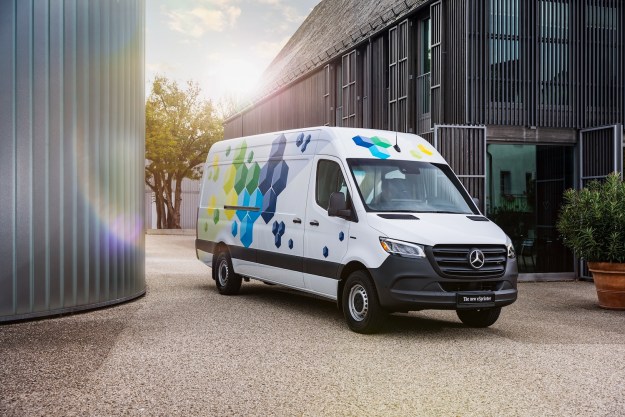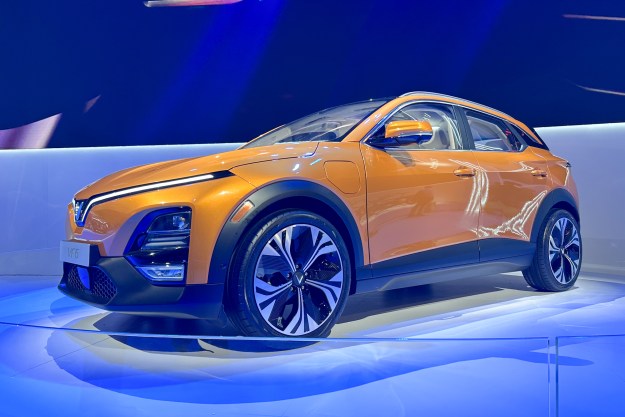The Tesla Model 3 electric car was the top seller in America for the first three months of 2018. Despite the positive news, the intense focus on Model 3 production figures by industry observers and competitors likely won’t let up just because of a single quarter’s worth of production.
Tesla reported that Model 3 deliveries totaled 8,180 in the first quarter of 2018, up from 1,550 cars delivered in the last quarter of 2017. Tesla lists production numbers separately from deliveries — the company said 9,766 Model 3s were produced in the first three months of the year.
Tesla’s Model S and Model X luxury sedan and crossover vehicles had higher reported production and delivery figures than the Model 3; Tesla didn’t break out U.S. sales. The company produced 24,728 Model S and Model X units combined in the first quarter and delivered 11,730 Model S and 10,070 Model X vehicles.
According to Car Sales Base (CSB), a website that tracks car sales worldwide, Tesla sold 5,300 Model S vehicles, 4,400 of the Model X, and 8,180 Model 3s in 2018’s first quarter. So, according to the CSB figures, the Model 3 outsold each of Tesla’s other current vehicles.
In the same three months, according to both CSB and Bloomberg Technology, other automakers’ EV and plug-in hybrid cars sold fewer units. Toyota sold 6,468 Prius Prime plug-in hybrids and General Motors sold 4,375 Chevy Bolts. Chevy also moved 3,478 Volt plug-in hybrids off dealership lots and Nissan sold a total of 2,545 Leaf EVs. First-quarter sales for Honda’s Clarity totaled 3,317 cars, but the company doesn’t break out numbers for the separate EV, PHEV, and hydrogen fuel cell variants that share the model name.
Electric car sales figures are minuscule compared to conventionally powered full-size pickups, compact crossover SUVs, and sedans. In March 2018 alone, Ford sold 87,011 F-150 pickups, Nissan sold 42,151 Rogue crossovers, and Toyota sold 35,264 Camry sedans — each of those models is the best-seller in its respective category. In the coming years, however, EVs sales numbers are expected to rise dramatically.
Tesla originally hoped to hit a weekly production rate of 5,000 Model 3s by the end of 2017, but that goal slipped instead to the end of 2018’s second quarter. Weekly Model 3 production was 2,020 cars in the last seven days of the first quarter, a rate Tesla expects to build upon.
“Tesla continues to target a production rate of approximately 5,000 units per week in about three months, laying the groundwork for Q3 to have the long-sought ideal combination of high volume, good gross margin, and strong positive operating cash flow. As a result, Tesla does not require an equity or debt raise this year, apart from standard credit lines,” Tesla said in its statement.
Some analysts and investors had expected Tesla would need to raise up to $3 billion more in capital to continue to increase production, according to Bloomberg. According to Tesla’s announcement, however, additional capital funding is not necessary.
Editors' Recommendations
- New Model 3 ‘takes out the baby fat,’ Tesla designer says in new video
- Tesla Model 3 Highland: release date, range, design update, and more
- Volkswagen ID.4 vs Tesla Model Y
- Tesla launches more affordable Model S and Model X, but there’s a catch
- Tesla Model 3 maintenance costs: What can you expect?




